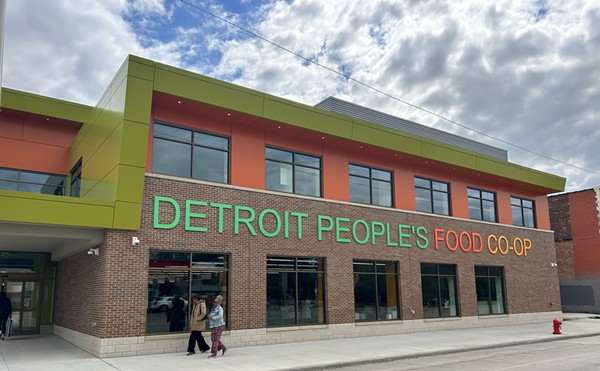Ten years ago, the Metro Times published a story by then-staff writer Lisa M. Collins, who produced an excellent piece drawing attention to what was, at the time, a just-emerging problem involving predatory home loans.
As this week’s cover package takes a look at how the national media is portraying the story behind Detroit’s bankruptcy, it seemed worthwhile to re-visit this story by Collins, who correctly sounded the alarm about the dire consequences that awaited the city if the problem wasn’t addressed in a significant way.
Here’s a particularly important passage:
Last year, the Detroit City Council spent months debating an ordinance to prohibit predatory lending. The measure failed under pressure from the banking industry, which said the move would devastate the city’s high-cost mortgage industry.
But activists say Detroit — even more than other cities — must take action.
“When you look at an already depleted tax base, the city is shooting itself in the foot by not doing anything about predatory lending,” says Brian White, a policy director for Detroit’s NAACP. “It’s a social-justice issue. It’s tearing at the fabric of our community, and hurting the viability of Detroit.”
Think about those words in the context of the bankruptcy proceedings Detroit is now going though — hurting the viability of Detroit. And then think how much more viable the city might be right now if the members of that City Council had not succumbed to the pressure applied by the mortgage industry.
That’s not to say this is the only reason Detroit is this fiscal mess right now. There are plenty of reasons. But the foreclosure crisis is without question a major factor in the staggering population loss — fully 25 percent of Detroit’s residents left the city — that took place between 2000 and 2010.
If you are interested in going back and taking a look at that story, you can find it here.





